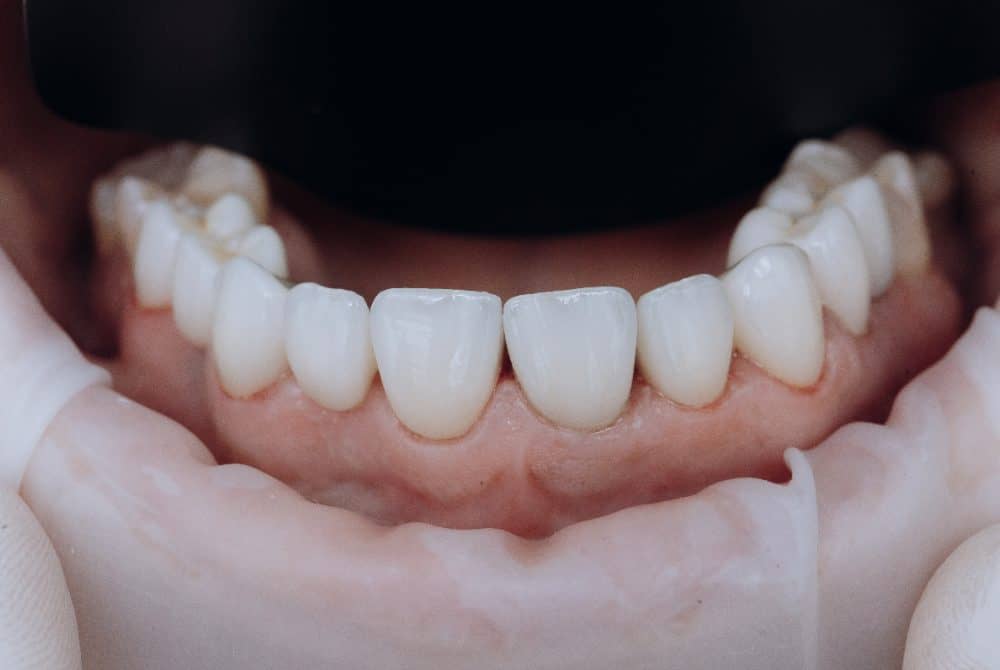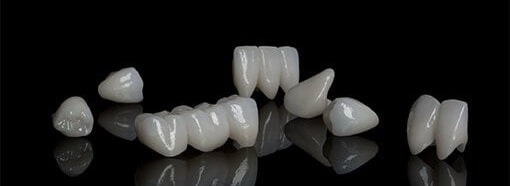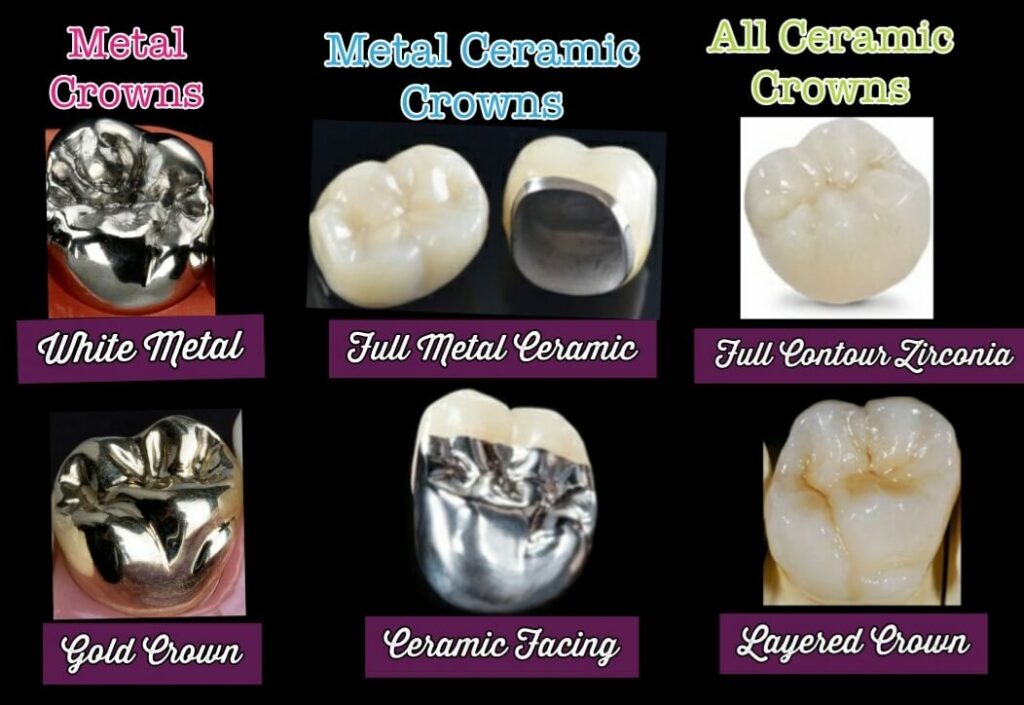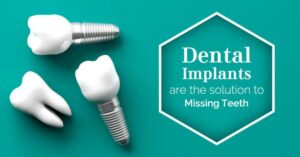Zirconia Crown


Zirconia crowns are a type of dental crown made from high-quality zirconium oxide. These crowns are known for their strength, durability, and lifelike appearance, making them an excellent option for restoring damaged or misshapen teeth. Zirconia crowns are also biocompatible, meaning they won’t cause adverse reactions in patients with metal sensitivities. Overall, zirconia crowns are a top choice for many dentists and patients looking for a reliable and natural-looking solution for their dental needs.
Zirconia crown are attracting more and more patients because they have many advantages. Nevertheless, zirconia crowns are fairly recent dental materials and you may still have many questions.
We are therefore going to help you by introducing you to zirconia crowns and above all by explaining to you why most patients today choose to have zirconia crowns placed. You will be able to prepare your dental tourism trip in the best conditions.
Table of Contents
What is a zirconia crown?
In general, a dental crown is a prosthesis to cover a damaged or devitalized tooth or to restore the natural aesthetics of the mouth. To redo your teeth, there are different types of dental crowns such as ceramic-metallic crowns or zirconium crowns, for example.
Zirconia crown is a type of dental crown that has zirconium as a raw material in its manufacture. Zirconia is used to cover natural teeth or dental implants. In addition, thanks to its resistance, dental bridges of different sizes can be made.
Zirconia crown is also called zirconia, zirconium crown, zirconia crown, zirconia ceramic crown, zirconia teeth.
Today, patient demands for this type of dental crown have increased significantly as it is able to satisfy almost all patient needs, for example:
- Zirconia crown is white and aesthetic,
- Zirconia crown is carried out faster,
- Zirconia crown resists to time.
A zirconia crown consists of two distinct parts:
- A first made of zirconium oxide, which will be made using computer-aided design, in order to obtain a perfect fit. This part constitutes the core of the crown, which gives it much greater strength and resistance than the metals used in conventional crowns.
- A second part covers the zirconium oxide core and provides a perfect finish. This part is made of ceramic which will be applied and baked layer by layer to get as close as possible to the rendering of a real tooth.
In which cases is the zirconia crown recommended?
The zirconium crown is used in the following cases:
- To restore a broken or damaged tooth
- To replace an old crown for reasons of reliability or aesthetics
- To correct an aesthetic problem
It is recommended for patients suffering from “bruxism” (more commonly known as teeth grinding) because zirconia offers greater resistance over time than any other material.
What are the benefits of a zirconia crown?
- The zirconia crown has several advantages that allow it to offer a much more interesting solution than all the other types of crowns that are usually offered by dentists.
- The core of the zirconia crown is made using computer-aided design techniques, which provides a perfect result and a prosthesis that will fit perfectly with the patient’s jaw.
- The interior of the zirconia crown is made of zirconium oxide, a white material, which allows light to pass through. This characteristic allows the zirconia prosthesis to behave exactly like a real tooth, so it will let light through like other teeth, which will allow it to blend in perfectly with other teeth.
- The zirconium oxide which constitutes the core of the zirconia crown has better mechanical properties than the other dental materials usually used, while being much more resistant. Zirconia crowns therefore have a much longer lifespan than all other dental crowns.
- Zirconia crowns offer a perfect finish which is made in ceramic layer after layer to obtain a perfect finish.
- The zirconia crown does not transmit an electrical charge and also offers greater resistance to cold and heat, which allows it to offer greater thermal resistance.
- Zirconia crowns offer very high resistance to mechanical stress, which allows them to be used to replace molars, which are subjected to the greatest pressure during mastication.
- Zirconia crowns do not contain any allergenic material, so they can be used in patients with allergy problems.
- Zirconia crowns offer greater resistance to infection.
What is the difference between a porcelain fused to metal crown and a zirconia crown?
Although the two types of crowns are similar, there are some differences. From an aesthetic point of view, the zirconia crown offers the advantage of looking more natural. Its color remains durable and unchanged over the years. It offers you beautiful translucent teeth, which gives a perfect aesthetic result. Zirconia is also a robust and resistant material. This is why the zirconia crown wins in terms of durability.
In most cases, zirconia teeth have a lifespan of up to 40 years. Another aesthetic advantage, the blackening at the edge of the teeth is not likely to appear. The zirconia crown is also preferred for its excellent biocompatibility, which means that it offers good biological tolerance with the human body. Finally, it does not contain metal, so there is no risk of allergy.
While the second type of crown according to its name indicates that ceramic-metallic contains metal. This type of crown consists inside of a metal frame acting as a support and covered with a layer of ceramic on the outside.
Resistance is the strongest aspect of the ceramic-metallic crown, it is often recommended for molar and premolar teeth. Although it is resistant, ceramic metal has several disadvantages, the metal can cause allergic reactions. It has a shadow effect and over time the gums loosen (retreat) and the metal may become visible through a gray line at the edge of the gumline creating an unsightly appearance.

What is the difference between a ceramic crown on a zirconia base and a full zirconia crown?
There are two versions of zirconia crowns:
1. A version with a ceramic coated zirconia framework as explained above, the ceramic crown on a zirconia base consists of an inner part made of zirconium oxide, a resistant, solid and translucent material. This “screed”, which corresponds to the visible part, is covered with layers of ceramic whose appearance is comparable to that of natural enamel.
2. An all-zirconia version. There are also “full-zirconia” crowns, i.e. a crown made of 100% zirconium oxide. This type of crown has the particularity of being very solid, light and ultra-resistant to shocks.
The full zirconia crown is perfect for:
- Replacement of posterior teeth, due to its high mechanical resistance which makes any crack or break almost impossible.
- For complete prosthetic reconstructions, due to its aesthetic result and its absence of unsightly edging on the collar.
How to take care of your zirconia crowns?
You have had dental implants and you want to take all the necessary precautions to ensure the longevity of your crowns, then we will give you all the advice you need.
You will learn how to maintain your implants and your crowns to ensure impeccable dental hygiene and to space out visits to your dentist.
1. Brush your teeth
It is essential to brush your teeth regularly to ensure the longevity of your crowns. For a really effective brushing of teeth, it is also advisable to use an electric toothbrush which guarantees you a deep cleaning.
Electric toothbrushes are products that are very affordable today and that allow you to enjoy a much more complete cleaning than with a manual toothbrush.
In fact, in practice, it is enough to base the toothbrush on all parts of the jaw for a session lasting more than 2 minutes. The electric toothbrush offers the advantage of allowing all surfaces of the teeth to be thoroughly cleaned.
The electric toothbrush indeed ensures the detachment of all the dental plaque knotted at the base of the gum, an area which is usually difficult to clean. It is essential to brush your teeth after each meal.
2. Clean tooth spaces
After your dental tourism trip to Turkey, cleaning your crowns properly is a must. However, as a toothbrush does not provide deep cleaning, you will need to use an intermediate pad and dental floss.
An intermediate dimple is particularly interesting, since it helps to clean the space between the teeth. On the other hand, these dental brushes wear out very quickly and must be renewed frequently.
3. Use mouthwash daily
After you have thoroughly brushed your teeth, it is important that you finish with a mouth rinse. A tooth rinsing solution helps get rid of small pieces of plaque that brushing has loosened.
On the other hand, it is preferable to choose a rinsing solution without Chlorhexidine, which is more suitable after a crown installation procedure.
It’s also best to choose an alcohol-free oral solution, which actually creates the same problems as drinking alcoholic beverages over the long term.
Only by taking care of your crowns can you ensure their good condition and above all their longevity. Regular maintenance of your prostheses is also essential to avoid any complications and risk of infection.




